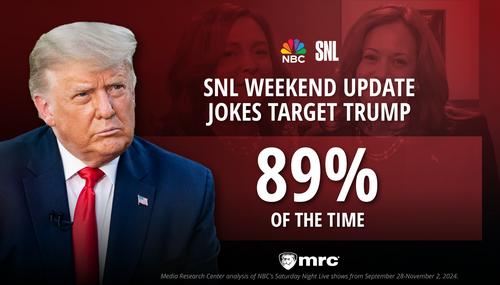reports that a syndication service called BlogBurst will make it easier for blogging material to find its way into the online versions of many mainstream newspapers.
Newspapers are only testing BlogBurst right now. But in theory, the service will work like this: Pluck signs bloggers to BlogBurst and examines each blog to see if the blog's content and quality are appropriate for syndication. A list of approved bloggers is then made available to newspapers through an online interface, and editors can pick and choose which blogs they want to syndicate, and for how long.The blog content will appear on the paper's site, but will be embedded with the site's look and feel. Ostensibly, newspapers will benefit by supplementing their coverage, and bloggers will profit from increased exposure. Pluck plans to eventually share a percentage of ad revenue with the bloggers.
Some big named papers have signed on.
Several large newspapers, including The Washington Post, the San Francisco Chronicle, the Houston Chronicle and the San Antonio Express-News, have signed up as "lighthouse partners" in the network. Syndicated blogs will begin appearing on those papers' sites in the next few weeks.While blogs have previously networked together to achieve greater exposure -- Pajamas Media being one obvious example -- BlogBurst is apparently the first network that was created specifically to syndicate blogs directly to newspapers.
"You have a lot of great bloggers out there, and a lot of time they blog about a subject you may not be as strong on on your own site," said Jim Brady, executive editor of washingtonpost.com, adding that the paper was interested in supplementing sections like food and travel. "We just thought we'd get on the front lines and see if it's something that would work long term for us."
It's all about the money.
Newspapers are also attracted to BlogBurst for the advertising revenue the blogs could generate."If we're selling plenty of travel advertising but don't have the page views to actually serve it all, then it might be a good idea to syndicate a really good set of travel blogs," said The Washington Post's Brady, by way of example.
Brady may be understating the situation. By most accounts, companies are lined up to advertise online like planes waiting to land at O'Hare.
Revenue for the online ad business was only about $12.5 billion in 2005, or around 15 percent of what was spent on print, but it's expected to grow by about 30 percent in 2006 and reach $55 billion by 2010, according to analyst firm Piper Jaffray.
But directly increasing ad inventory by publishing more pages isn't the papers' only goal. If a newspaper can spark a conversation on its site by using syndicated blogs, it may be able to increase its traffic, and thus its ad impressions.
"Blog content is significantly better than message board content," said Jim Debth, general manager of statesman.com. "Just the level of discourse is so much better. We expect the blogs [we syndicate with BlogBurst] to be very engaging. We hope readers will come back again and again."




